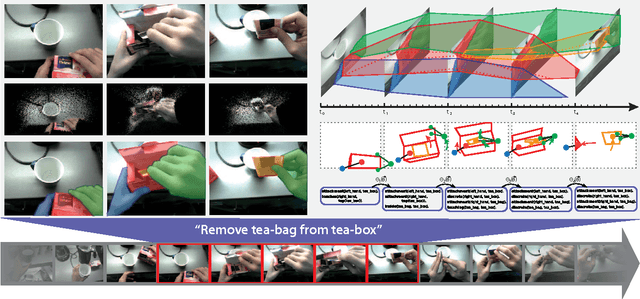Commonsense Scene Semantics for Cognitive Robotics: Towards Grounding Embodied Visuo-Locomotive Interactions
Paper and Code
Sep 15, 2017



We present a commonsense, qualitative model for the semantic grounding of embodied visuo-spatial and locomotive interactions. The key contribution is an integrative methodology combining low-level visual processing with high-level, human-centred representations of space and motion rooted in artificial intelligence. We demonstrate practical applicability with examples involving object interactions, and indoor movement.
* to appear in: ICCV 2017 Workshop - Vision in Practice on Autonomous
Robots (ViPAR), International Conference on Computer Vision (ICCV), Venice,
Italy
 Add to Chrome
Add to Chrome Add to Firefox
Add to Firefox Add to Edge
Add to Edge